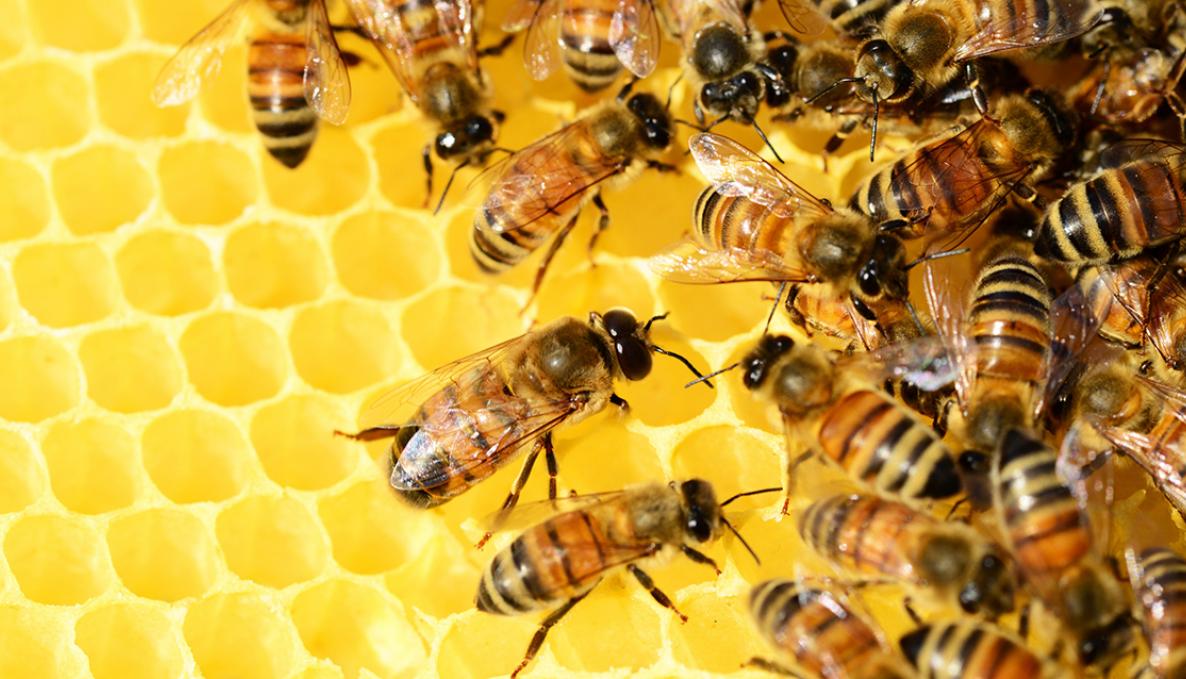Animal-robot interaction: new solutions for the conservation of biodiversity and the promotion of sustainable technologies for environment

In science, animal-robot interaction systems are undergoing a phase of technological progress that will bring concrete contributions to society and the environment. Positioned at the interface between robotics and behavioral ecology, the field of animal-robot interaction is generating a wave of scientific and technological advancements with potential influence on human society and the environment
This is the main topic of the focus by Donato Romano, assistant professor at theBioRobotics Institute of the Scuola Superiore Sant'Anna, published in the journal Science Robotics. Analysing a study coordinated by EPFL (Ecole Polytechnique Fédérale de Lausanne) and University of Graz, Romano outlines the possible benefits of animal-robot interaction on the environment and on the preservation of biodiversity.
Robotic beehive to support bee colonies
The study focuses on the benefits of a robotic beehive capable of monitoring and interacting with bee colonies. Bees play a central role in crop production and maintaining biodiversity. However, the spread of diseases and pests, climate change, industrialisation and the abuse of agrochemicals have contributed to the decline of both farmed and wild bees. In addition, increased mortality in Apis mellifera colonies during the winter season in non-tropical regions has been reported, the causes of which are still poorly understood. Indeed, bees survive the winter as a colony, unlike wasps and bumblebees, but being ectotherms, they adopt strategies based on collective behaviour to reach and maintain a temperature threshold that allows them to be active and remain viable. The key strategy is the winter 'glomere', consisting of a dense aggregation of bees. Within the glomere, an optimal microclimate is created for the bees.
"Barmak and colleagues - explains Donato Romano - took advantage of bees sensitivity to temperature to develop a robotic hive capable of thermally interacting with colonies of Apis mellifera carnica. This robotic system was used to observe the colony by collecting thermal profiles of the bees' glomerulus over long periods. The autonomous robotic system enabled biohybrid interaction with the bees, exerting a minimally invasive influence on the architecture and structure of the nest".
The robotic hive also proved to be potentially useful in providing support for bee colonies most affected by harsh winter temperatures. During winter, when temperatures drop dramatically inside the hive, weakened bees can fall into a state of coma, which often leads to their death. The robotic hive was able, through the activation of thermal actuators, to restore normal behaviour in comatose bees, thus preventing the immediate decline of the colony.
Animal-robot interaction, a research frontier of the future
'The study coordinated by EPFL and University of Graz,' concludes Donato Romano, 'is an example of the benefits of robot-animal interaction. In mixed animal-robot societies, the technological avatar is an ally that can monitor, restore or improve the functionality of the biological system in which it is integrated. Furthermore, animal intelligence can inform robots, improving their performance in challenging real-world scenarios. The applications are many, from fundamental biological research to bio-inspired engineering design. Animal-robot interaction systems will soon play a key role in mitigating the negative effects of human activities on the environment, as demonstrated in this study'.



